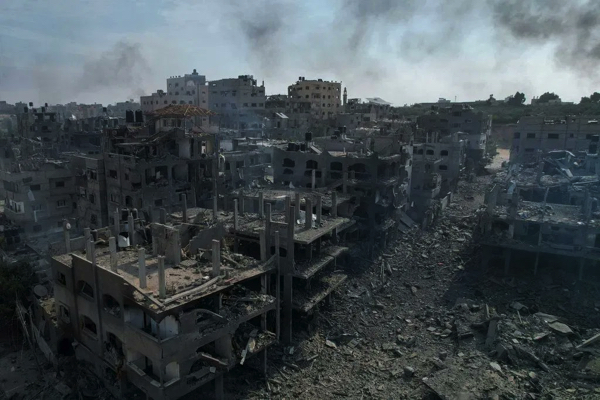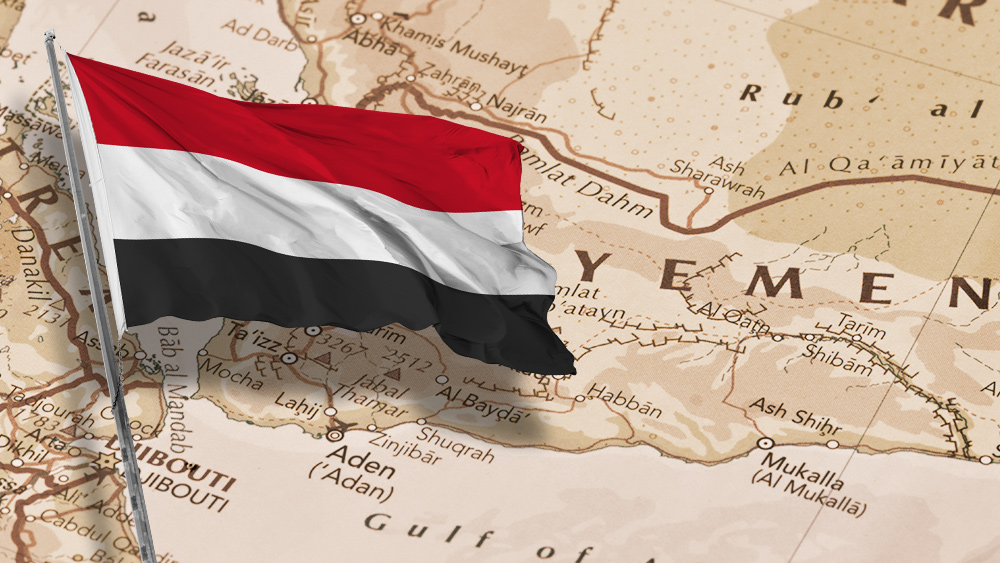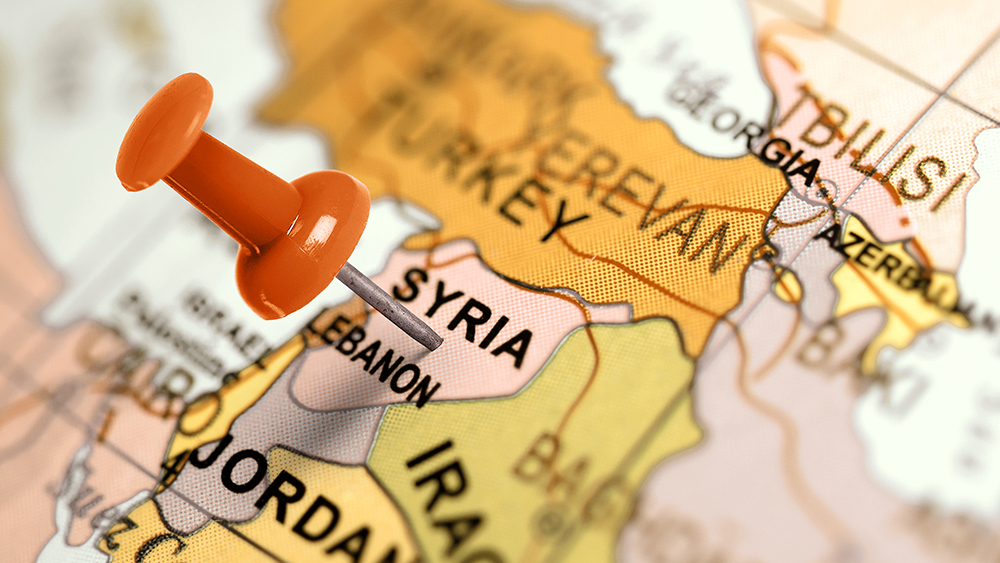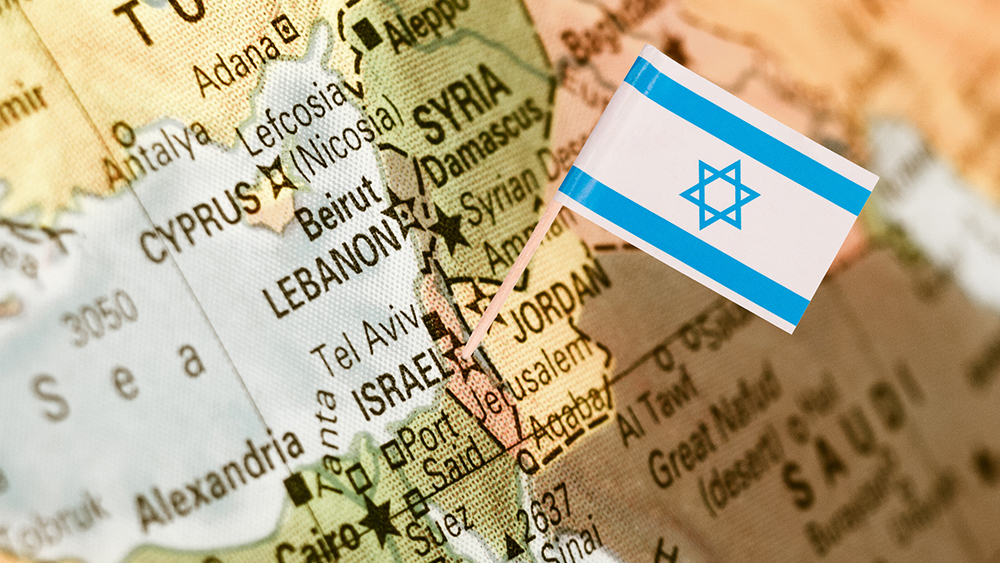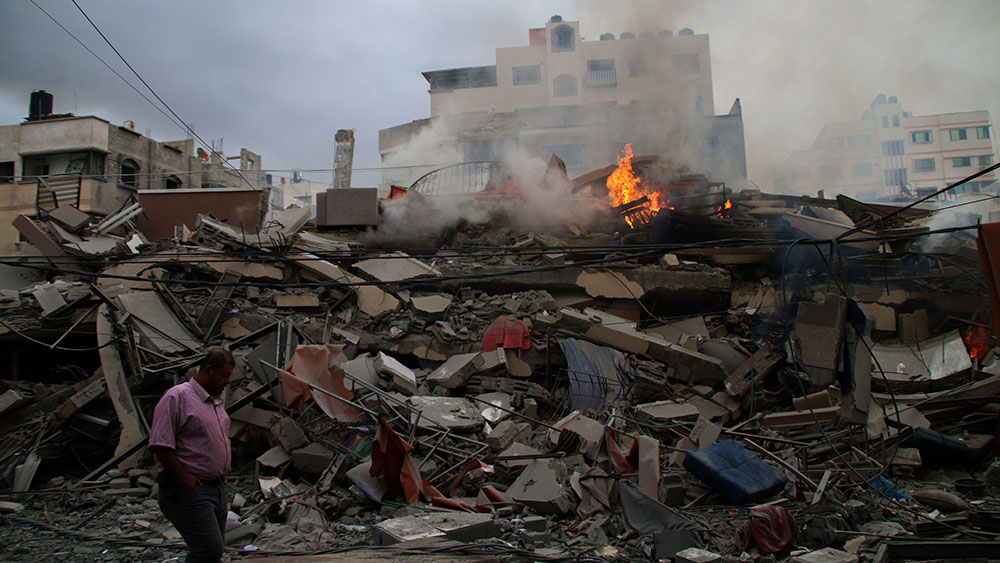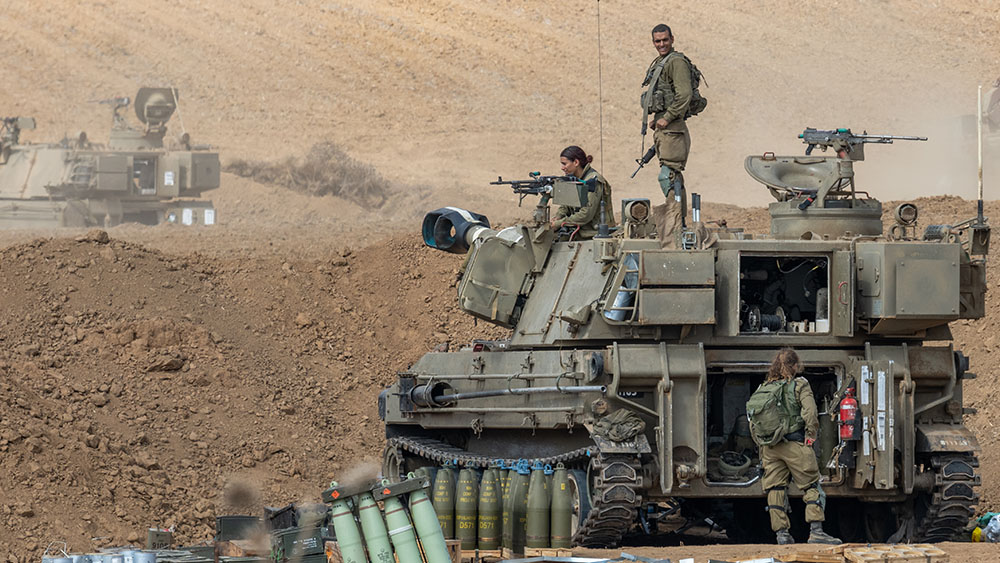
According to ZeroHedge, substantial airstrikes have been carried out in eastern Syria and western Iraq. These strikes, characterized by their scale, targeted assets and personnel associated with Iran's Islamic Revolutionary Guards Corps (IRGC) Quds Force and affiliated militia groups.
A statement from U.S. Central Command said the initial wave of airstrikes included over 85 targets, some of which were struck multiple times. These include command and control centers; intelligence facilities; rockets and missiles; unmanned aerial vehicle storage warehouses; and logistics and munition supply chain facilities utilized by militia groups and their IRGC sponsors in attacks against U.S. and Coalition forces.
B1 bombers were reportedly utilized in the operation, flying a single non-stop flight from the United States. The timing of the strikes considered favorable weather conditions to ensure accurate targeting. ZeroHedge added that the airstrikes employed more than 125 precision munitions.
The Syrian state-run news agency SANA reported that the airstrikes targeted areas on the Syria-Iraq border including Deir Ezzor, Al-Bukamal, and Al-Mayadeen. Meanwhile, Iraq said the strikes killed at least 16 people – including civilians – and injured 25 others.
It also destroyed facilities used by the Iranian-linked Popular Mobilization Units (PMU) in Al-Qaim. The PMU, which is backed by Tehran, is associated with the Iraqi government and closely aligned with Iran-backed Shiite blocs that historically dominated Iraqi politics.
CNN has not independently verified the casualties or their nature. Meanwhile, White House National Security Council spokesman John Kirby said Washington did not have precise information on the number of militants killed or wounded. Nevertheless, both Baghdad and Damascus condemned the U.S. attacks, viewing them as violations of sovereignty that could escalate regional conflict.
Washington: No plans to attack Iran yet
The Syrian Arab Armed Forces confirmed that the strikes caused casualties among civilians and soldiers, along with significant damage to infrastructure. The mayor of Al-Qaim meanwhile stated that the strikes hit houses used as weapon warehouses by the PMU.
Meanwhile, Iran criticized the strikes as a violation of sovereignty, international law and the United Nations Charter. It also predicted increased tension and instability in the region.
Despite the absence of U.S. airstrikes within Iran itself, the Biden administration has conveyed that these actions mark just the beginning, and the campaign may extend for days or longer. Officials from the U.S. Department of Defense (DOD) have also claimed that Washington does not have plans to target locations within the Islamic Republic. (Related: Iran declares RED LINE: If U.S. strikes Iranian soil over three soldier deaths, Iran will strike numerous American targets throughout Middle East.)
However, there is some ambiguity regarding the initial strikes in eastern Syria, with the DOD suggesting the involvement of a partner air force, potentially Israel. Simultaneously, the Biden administration's messaging has been met with confusion and contradictions in mainstream reports.
In a separate development, French container shipping company CMA CGM has announced the suspension of all Red Sea transit due to security risks, joining a growing list of major firms avoiding the area. The decision underscores concerns about the safety of the region, particularly in light of the almost daily missile and drone attacks by Houthi forces. The vulnerability of maritime traffic in the Red Sea is becoming increasingly apparent, with numerous container ships, oil tankers, and commodity carriers choosing to steer clear of the region.
Visit WWIII.news for more stories about the growing instability in the Middle East region.
Watch Rachel Blevins compare the recent U.S. airstrikes in Syria and Iraq to Ukraine's bombing of innocent civilians in Russia below.
This video is from the Pool Pharmacy channel on Brighteon.com.
More related stories:
Iran launches missiles targeting alleged Israeli spy centers in northern Iraq.
Iran just proved it can hit Israel with “Kheibar Shekan” ballistic missiles.
US launches retaliatory strikes against Iranian proxy forces in Syria.
Sources include:
Please contact us for more information.















